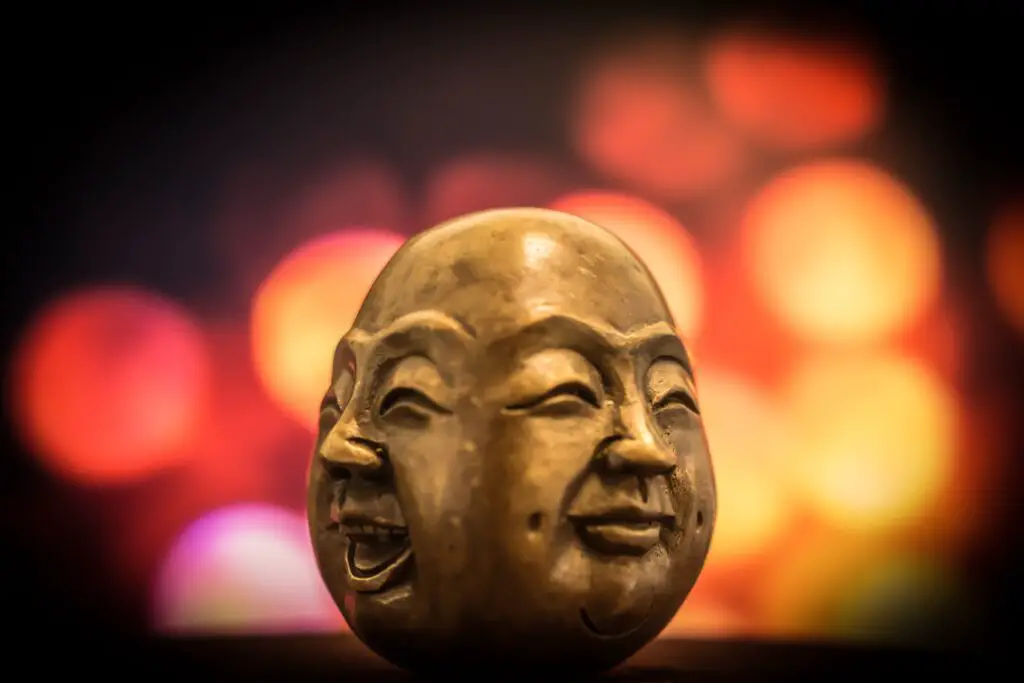
Alliteration is a figure of speech where words that start with the same letter are used consecutively, usually in a funny or playful way. For example, “Peter Piper Picked a Peck of Pickled Peppers”, which of course is also a famous tongue twister.
What is Alliteration?
Alliteration is a simple yet powerful literary device that can enhance the sound, rhythm, and overall impact of a piece of writing. It occurs when words with the same initial sound are placed close together, often in the same sentence or line. These words may begin with the same consonant or vowel sound, creating a pleasing and memorable auditory effect.
Why Use Alliteration in Writing?
Alliteration serves several purposes in writing. It can:
- Catch the reader’s attention: A well-crafted alliterative phrase can create a strong, memorable impression and keep the reader engaged.
- Create rhythm: Repeated sounds can give a sense of rhythm and musicality to a piece of writing.
- Establish mood: Alliteration can help set the tone or mood of a passage, whether it’s playful, somber, or suspenseful.
- Reinforce meaning: When used with care, alliteration can underscore the meaning of a word or phrase, adding depth and nuance to the writing.
Finding the Perfect Alliterative Phrases
Crafting alliterative phrases might seem daunting at first, but with a little practice, it can become second nature. Here are some tips to help create memorable alliterations:
- Brainstorm words: Jot down words that share the same initial sound, and then experiment with combining them in different ways.
- Use a thesaurus: Look up synonyms for words that don’t quite fit the desired alliterative pattern. A thesaurus can be a goldmine for finding alliterative alternatives.
- Read out loud: Listen to how the words sound together. Sometimes, hearing the alliteration can help refine the phrase and make it even more effective.
- Don’t overdo it: Alliteration is most effective when used sparingly. Overusing it can make writing seem forced or juvenile.
Alliteration in Different Genres
Alliteration can be found in various types of writing, from poetry to prose, and even in everyday speech. In poetry, it’s often used to create rhythm, as in Edgar Allan Poe’s famous line, “Once upon a midnight dreary, while I pondered, weak and weary.” In prose, alliteration can add emphasis or humor, as in J.K. Rowling’s use of alliterative character names in the “Harry Potter” series (e.g., Severus Snape, Luna Lovegood).
Classic and Creative Examples of Alliteration
Now that the concept of alliteration has been explored, it’s time to dive into some examples. The following list includes both classic and inventive uses of alliteration in literature and popular culture:
- Literature: “She sells seashells by the seashore” is a well-known example of alliteration from an English tongue twister.
- Advertising: “Coca-Cola” is an example of alliteration in a brand name, which makes it more memorable and catchy.
- Music: The Beatles’ song title “Lucy in the Sky with Diamonds” demonstrates alliteration with the repeated “d” sound in “diamonds” and “down.”
- Movies: The film title “Mad Max: Fury Road” uses alliteration with the repeated “m” sound to create a sense of action and excitement.
- Poetry: Samuel Taylor Coleridge’s poem “The Rime of the Ancient Mariner” contains the alliterative line, “The fair breeze blew, the white foam flew.”
Practicing Alliteration: A Fun Activity
To wrap up this article, try a little alliteration exercise. Pick a letter and then create a sentence using as many words as possible that start with that letter. The goal is to craft a sentence that is both coherent and engaging. Here’s an example using the letter “b”:
“Betty’s boisterous beagle barked and bounded by blueberry bushes, bewildering Bob.”
This sentence not only employs alliteration with the repeated “b” sound, but it also tells a simple, amusing story. With practice, incorporating alliteration into writing can become a fun and effective way to enhance both the sound and meaning of a piece.
In conclusion, alliteration is a versatile and engaging literary device that can add rhythm, emphasis, and memorability to writing. By understanding its purpose, learning how to create alliterative phrases, and exploring examples from various genres, writers can develop a more nuanced and captivating writing style. So, go ahead and play with alliteration, but remember to use it wisely and in moderation for the greatest impact.
If you’re thirsty for more writing knowledge, head over here to learn all 74 literary devices.





